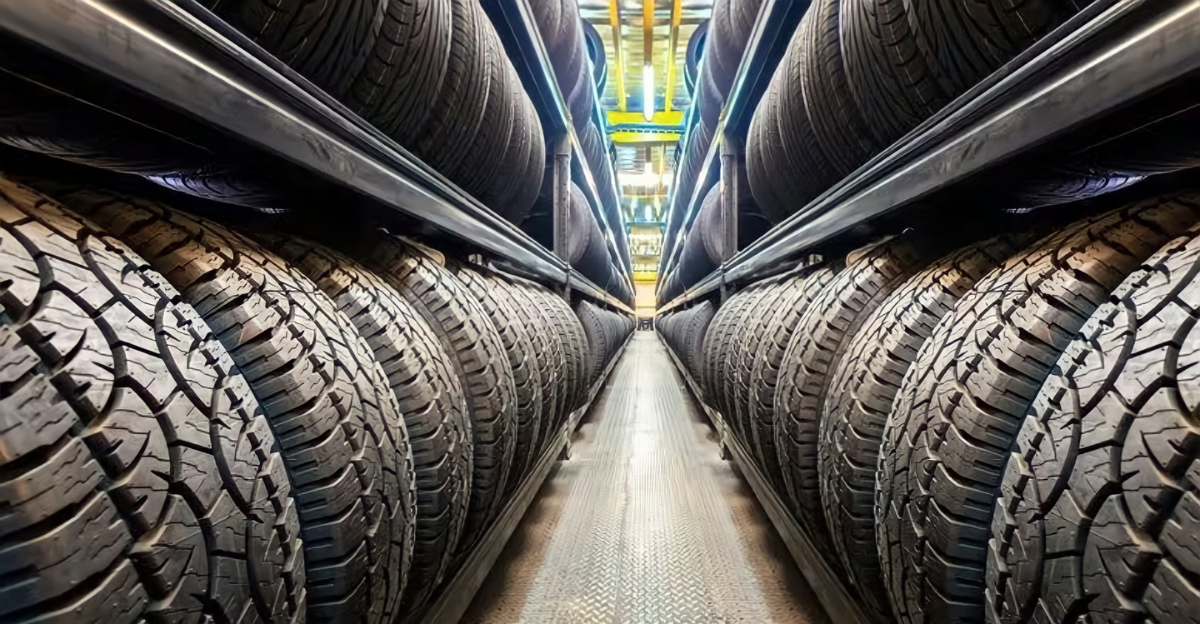
It’s easy to assume that store closures are just part of routine business adjustments. But when a major auto repair chain shuts down 145 locations and directly attributes the decision to government trade policies, it signals a deeper issue. This isn’t merely a case of corporate downsizing; it’s a vivid example of how international trade tensions can impact everyday services.
The automotive repair industry is already feeling the strain, with rising parts costs and narrowing profit margins. Decisions made in Washington are now leading to tough choices in boardrooms, affecting drivers across the country. Let’s look into the real story behind these developments.
A National Crisis Takes Shape

The auto repair sector is undergoing a significant upheaval that extends beyond any single company’s challenges. In 32 states, repair shops are grappling with increased operational costs due to recent trade policy shifts. This industry, employing hundreds of thousands and essential for vehicle maintenance nationwide, is under considerable pressure.
Major players are taking drastic steps to stay afloat, while smaller, independent shops face even more daunting prospects. The financial strain is widespread, impacting both urban and rural areas, and is fundamentally changing the landscape of automotive services.
Built on Trust, Tested by Crisis
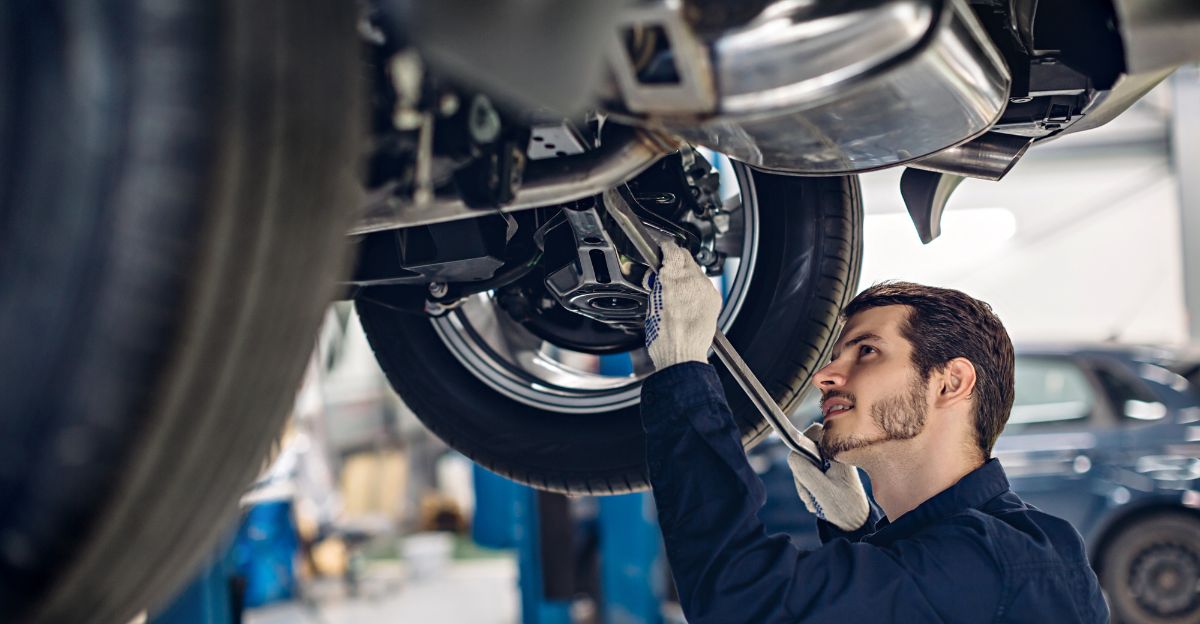
For over sixty years, certain auto service brands have become as commonplace as local diners or gas stations. These establishments were where families routinely serviced their vehicles, building trust with each visit. They symbolized reliability and were integral parts of communities, expanding across the country during prosperous times.
However, this long-standing foundation is now being challenged like never before, as economic pressures mount and the industry faces unprecedented tests of its resilience.
The Perfect Storm Emerges

Multiple economic factors have converged, creating a critical situation for auto service providers. Early this year, significant tariffs on imported vehicle parts were introduced, leading to immediate cost increases throughout the supply chain. Concurrently, consumers, already dealing with inflation, began postponing maintenance or seeking more affordable service options.
With the average vehicle age in the U.S. reaching a record 12.6 years, the demand for repairs has grown just as costs have surged. This combination of heightened demand and escalating expenses is placing immense strain on the industry.
So, Who’s Making the Cuts?
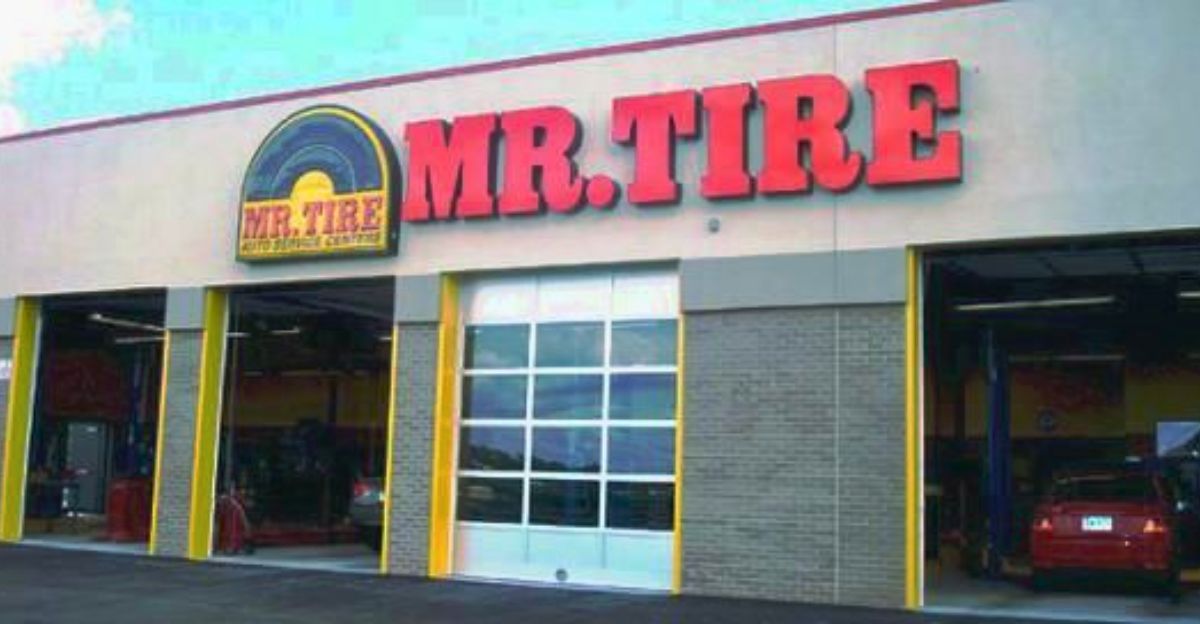
Monro Inc., North America’s second-largest auto service company, recently announced a significant move that highlights the industry’s challenges. Operating over 1,300 locations under brands like Mr. Tire and Tire Choice, the company plans to close 145 underperforming stores, about 11% of its total, by the end of June 2025.
New CEO Peter Fitzsimmons, appointed to lead a turnaround, pointed to “mitigating tariff risk” as a key reason for the closures, directly linking them to rising costs from trade policies. This marks the first major auto chain to explicitly attribute store closures to tariffs.
Your Local Shop Feels the Squeeze
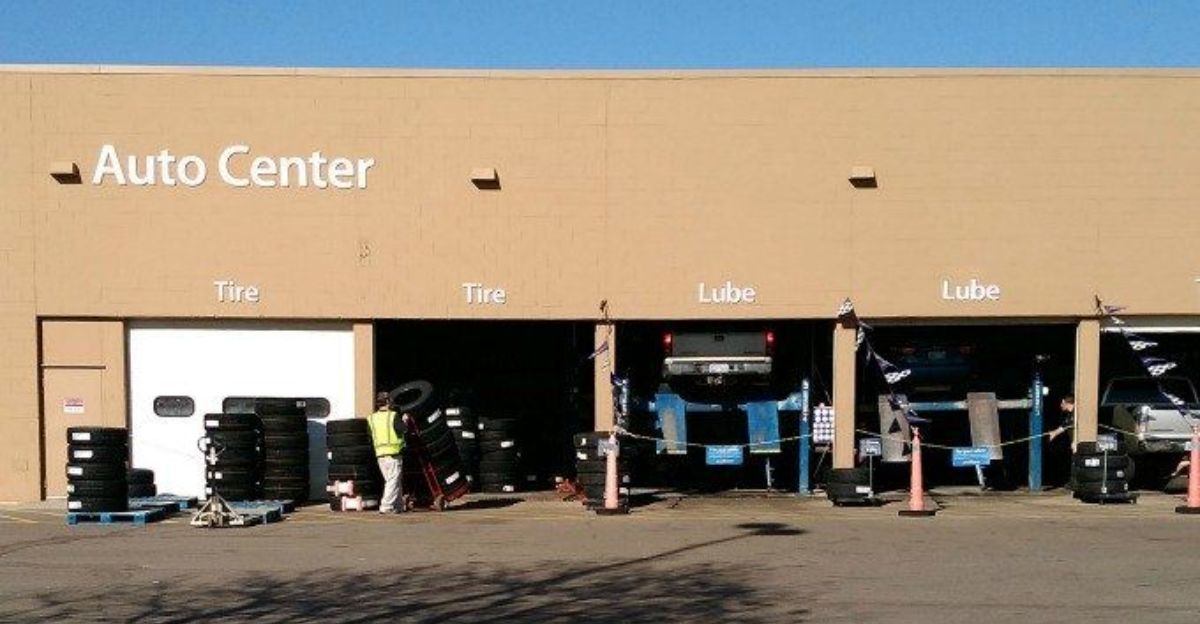
For many Americans, these closures translate to longer trips for reliable car service or higher prices at remaining outlets. The 145 Monro stores set to close account for thousands of jobs and convenient service locations that communities have depended on.
Some customers will need to travel further for routine maintenance, while others might have to turn to unfamiliar independent mechanics. Rural and suburban areas are particularly affected, as they often have fewer service options. These closures risk creating service deserts, leaving vehicle owners with limited and less convenient choices.
Workers Bear the Human Cost

Each store closure impacts employees; mechanics, service advisors, and managers, who now face uncertain futures. Monro’s decision affects hundreds of workers who may need to relocate, retrain, or seek new employment in a challenging job market. Many possess specialized skills developed over years, making transitions difficult.
Local economies also feel the impact, losing businesses that contributed to tax revenues and customer traffic. Former CEO Mike Broderick, replaced by Fitzsimmons in March, had previously navigated challenges but couldn’t steer the company through the combined pressures of tariffs and changing consumer behaviors.
The Competition Scrambles
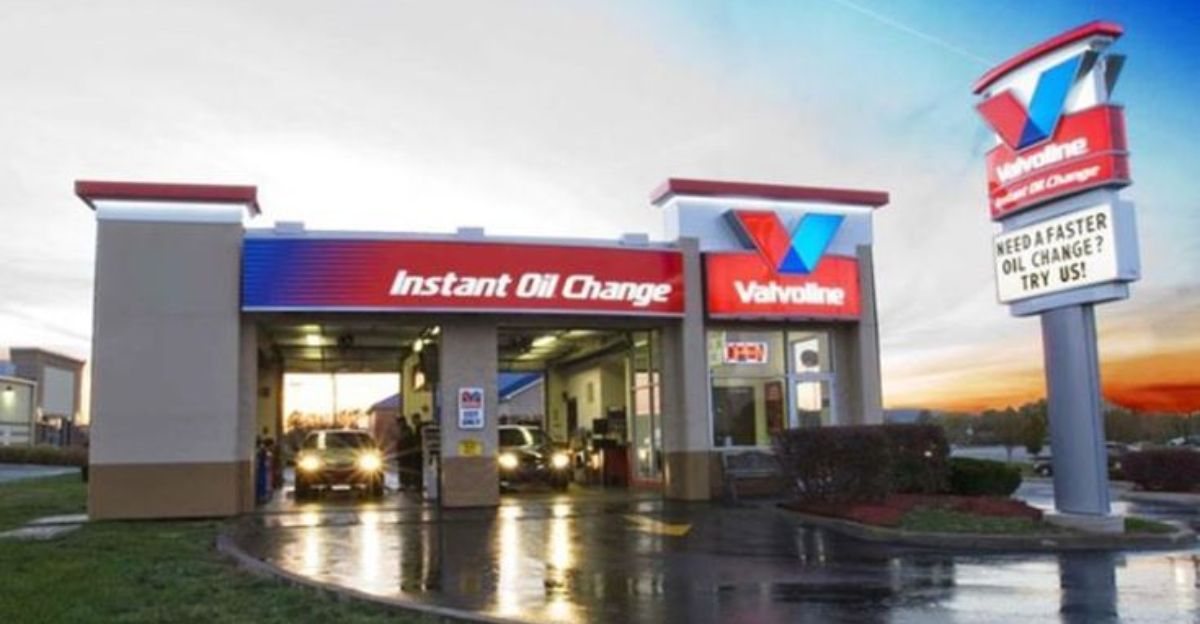
As Monro scales back, other auto service providers confront similar economic challenges. Independent repair shops, already operating on thin margins, face the same tariff-induced cost increases without the leverage of large corporations.
Chains like Valvoline Instant Oil Change and Jiffy Lube are closely monitoring Monro’s actions, aware that they too are affected by rising imported parts costs. Some may attempt to attract Monro’s former customers, but they must do so while managing their own escalating expenses. The entire industry is navigating a precarious situation, where survival depends on adapting to these new financial realities.
Americans Change Their Car Care Habits

The current crisis is prompting Americans to rethink how they maintain their vehicles. With repair costs climbing, many are delaying non-essential maintenance, opting for more affordable service options, or attempting DIY fixes. Younger consumers, comfortable with online research and shopping, are increasingly purchasing parts online and seeking alternative service providers.
The growing popularity of electric vehicles, which generally require less maintenance, adds another layer of uncertainty for traditional service providers. These shifts suggest that the industry’s contraction may be a lasting change, driven by evolving consumer habits in response to economic pressures.
The Road Ahead Remains Uncertain
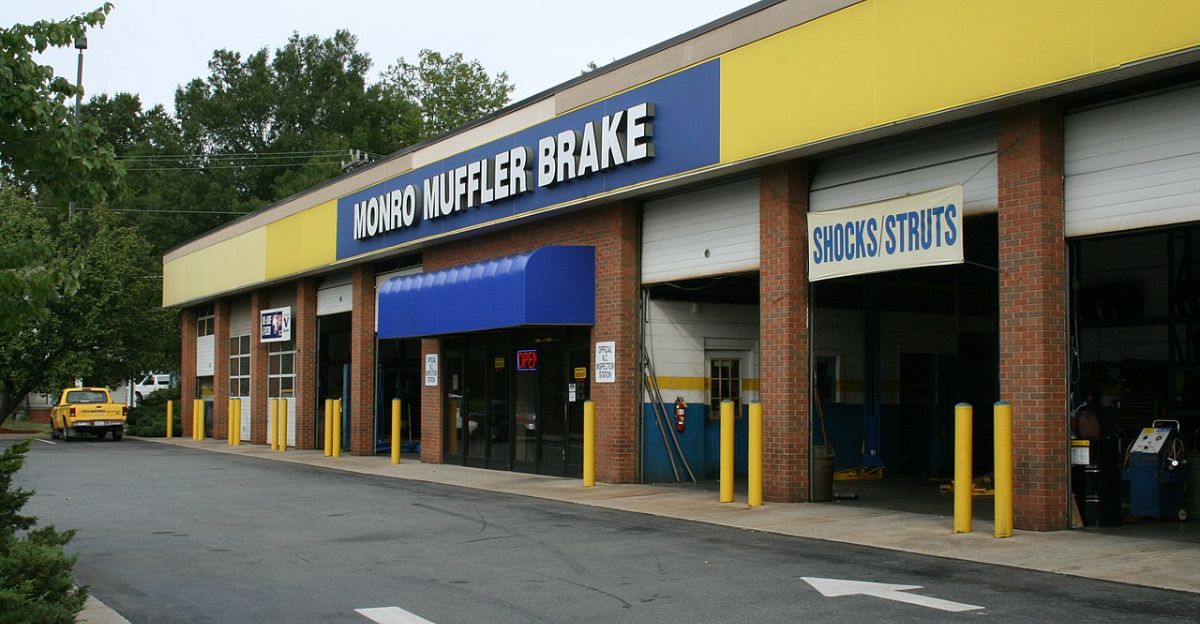
Monro’s significant response to tariff-related pressures offers a glimpse into potential widespread changes in the auto service industry. Should current trade policies persist, other chains might follow suit, leading to service gaps in various communities.
However, Monro’s early fiscal 2026 reports indicate a 7% sales growth, hinting that their cost-cutting measures might be effective. The pressing question is whether consumer demand will rebound sufficiently to support the remaining service locations or if this signals a permanent downsizing of the sector.
For American drivers, this could mean higher costs and fewer options for vehicle maintenance, influencing broader economic decisions related to transportation and vehicle ownership.
Discover more trending stories and Follow us to keep inspiration flowing to your feed!

Craving more home and lifestyle inspiration? Hit Follow to keep the creativity flowing, and let us know your thoughts in the comments below!
